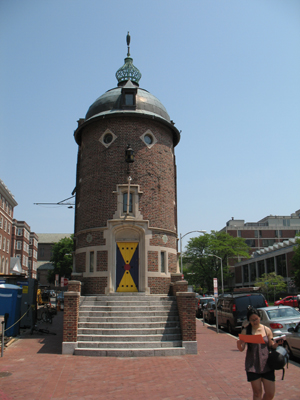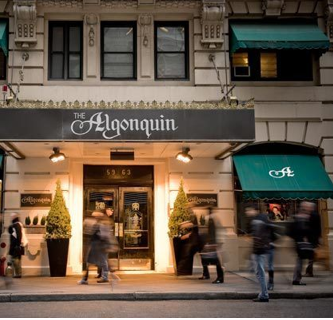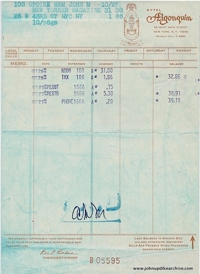 The National Lampoon, which was published from 1970-1998, was a spinoff of the Harvard Lampoon, the irreverent humor publication based at Lampoon Castle in Cambridge, which John Updike Society members saw during the Second Biennial Conference in Boston.
The National Lampoon, which was published from 1970-1998, was a spinoff of the Harvard Lampoon, the irreverent humor publication based at Lampoon Castle in Cambridge, which John Updike Society members saw during the Second Biennial Conference in Boston.
Tours of the building where Updike once served as Lampoon president were not possible because of the organization’s commitment to secrecy. But a description of the interior appears in That’s Not Funny, That’s Sick: The National Lampoon and the Comedy Insurgents Who Captured the Mainstream—a recently published history:
“Much as the HL’s frivolity departs from Harvard’s overall serious-mindedness, so its home resembles an elaborate and charming joke, an unusually whimsical exception to the order and harmony of the university’s architectural vernacular. Although called the Castle, the building is only three stories. However, it does have a tower with a pointed roof, atop which perches the Ibis, the organization’s frequently stolen mascot. Vaguely medieval detailing such as emblazoned wooden doors and leaded glass windows add a certain baronial flair. Upstairs is the Great Hall, a big room that looks like a Hollywood version of something called “The Great Hall” down to its vaulted ceiling and magnificent sixteenth-century Elizabethan fireplace, suitable for smashing plates and glassware against (the building comes complete with a maintenance staff to clean it up). The walls along a winding staircase are covered with framed covers of HL projects dating back to the founding of the organization/publication by seven undergraduates in 1876.”
Chapter 1, “Lampy’s Castle,” also discusses some of the “quaint traditions” of the Lampoon. That’s Not Funny is available through Amazon.
Related story: “Editor’s Choice: ‘That’s Not Funny, That’s Sick'”

 In his review of David Gilbert’s novel & Sons for the Minneapolis Star Tribune, Mark Athitakis called it “a big, fat novel that’s a commentary on big, fat novels.
In his review of David Gilbert’s novel & Sons for the Minneapolis Star Tribune, Mark Athitakis called it “a big, fat novel that’s a commentary on big, fat novels.









